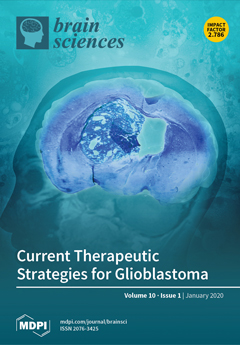Background: Working memory (WM) deficits and impaired decision making are among the characteristic symptoms of patients affected by attention deficit/hyperactivity disorder (ADHD). The inattention associated with the disorder is likely to be due to functional deficits of the neural networks inhibiting irrelevant sensory input. In the presence of unnecessary information, a good decisional process is impaired and ADHD patients tend to take risky decisions. This study is aimed to test the hypothesis that the level of difficulty of a WM training (WMT) is affecting the top-down modulation of the attentional processes in a probabilistic gambling task.
Methods: Event-related potentials (ERP) triggered by the choice of the amount wagered in the gambling task were recorded, before and after WMT with a the dual
n-back task, in young ADHD adults and matched controls. For each group of participants, randomly assigned individuals were requested to perform WMT with a fixed baseline level of difficulty. The remaining participants were trained with a performance-dependent adaptive
n-level of difficulty.
Results: We compared the ERP recordings before and after 20 days of WMT in each subgroup. The analysis was focused on the time windows with at least three recording sites showing differences before and after training, after Bonferroni correction (
). In ADHD, the P1 wave component was selectively affected at frontal sites and its shape was recovered close to controls’ only after adaptive training. In controls, the strongest contrast was observed at parietal level with a left hemispheric dominance at latencies near 900 ms, more after baseline than after adaptive training.
Conclusion: Partial restoration of early selective attentional processes in ADHD patients might occur after WMT with a high cognitive load. Modified frontal sites’ activities might constitute a neural marker of this effect in a gambling task. In controls, conversely, an increase in late parietal negativity might rather be a marker of an increase in transfer effects to fluid intelligence.
Full article






